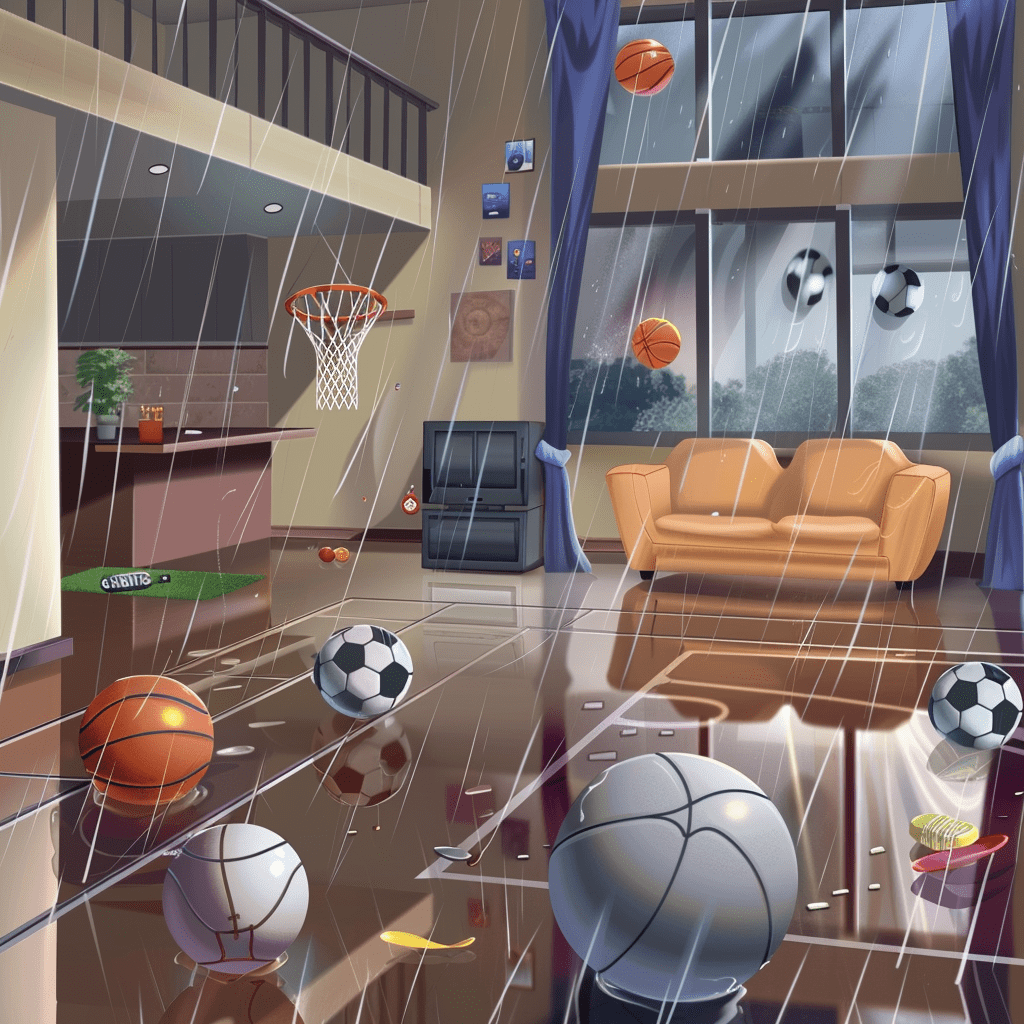Evaluating Used Baseballs

Before deciding what to do with old baseballs, we need to evaluate their age, rarity, condition, and value. This helps us understand their worth and what makes them special.
Determining Age and Rarity
To figure out how old a baseball is, look at its materials and markings. Early baseballs were made with different stitches and covers compared to modern ones. A vintage ball from the 1920s, for example, will look and feel different.
Checking maker’s marks and stamps can tell us who made the baseball and when. Older manufacturers like Spalding and Rawlings often have unique logos or styles. A rare baseball might be from a famous game or signed by legendary players, adding to its desirability.
Assessing Condition and Value
The condition of an old baseball greatly affects its value. We use a grading scale from poor to gem mint. A baseball in gem mint condition looks almost brand new. Look for scuffs, discoloration, and stitching quality.
Minor damage can lower the value. A well-preserved baseball with clear markings and no tears will be worth more. Comparing to market trends and recent sales can also help us determine the current value of a baseball.
Understanding Baseball Collecting
Baseball collecting is a popular hobby with a long history. Collectors often seek out balls with historical significance, like those from World Series games. Rare and well-preserved baseballs are in high demand.
Following market trends and knowing what collectors are looking for can guide us in understanding the value of our baseballs. Auctions and online platforms also provide insights into what buyers want and how much they’re willing to pay.
Options for Used Baseballs

There are several things we can do with old baseballs, whether it’s selling, donating, or repurposing them creatively. Each option has its unique advantages and benefits.
Selling Your Collectibles
We can sell old baseballs, especially if they have significant value or hold special memories. Platforms like eBay, Craigslist, and auction houses are great places to start. eBay lets us reach a large audience worldwide, while Craigslist and local garage sales give us the chance to meet buyers personally.
When selling, condition matters. Ensure we have clear photos and detailed descriptions. Rare or signed baseballs can fetch good prices in the right market, and it’s worth checking their value or getting them appraised by a professional.
Donating to Charities and Institutions
Donating is another rewarding option. Schools, local community centers, and charities like the Boys & Girls Club often appreciate sports equipment donations. Some museums and galleries may also be interested in baseballs with historical or memorabilia value.
Donating allows our old baseballs to continue bringing joy and utility to others. It’s essential to check the needs of the institution and ensure they accept such donations. Charitable donations could also be tax-deductible, providing a small financial benefit while contributing to a good cause.
Creative Repurposing
Repurposing old baseballs can turn them into unique, functional items. For example:
- Creating home decor pieces like wall art or photo frames.
- Crafting DIY projects such as keychains, ornaments, or even furniture knobs.
These creative projects can hold sentimental value and provide us a way to keep cherished memories active. By using old baseballs in our DIY crafts, we can turn something unused into something valuable and beautiful for our homes. Sometimes, even repurposing simple items can bring a new sense of uniqueness and charm into our spaces.
Storing and Displaying Baseball Memorabilia
We need to take care of our baseball memorabilia to make sure it lasts a long time and looks great.
Proper Storage Techniques
Storage is crucial to keep items like baseballs and rookie cards in good shape. We can use acid-free boxes and sleeves to keep cards from yellowing or bending. Cover baseballs with acrylic cases to guard against dust and fingerprints.
Humidity can damage items, so it’s smart to store collections in a climate-controlled room. Spalding and Rawlings baseballs, especially those with Ty Cobb‘s signature, should be stored away from direct sunlight to avoid fading. Placing double stitches baseballs in soft cloths before storing them prevents unnecessary wear. Proper weight and circumference details should also be recorded to maintain authenticity.
Creating a Display for Baseball Collectibles
To display our baseball collectibles, we can create themed shadow boxes or display shelves. Baseball cards and rookie cards can be arranged in protective sleeves and framed. For a more artistic touch, we can use wall-mounted cases to showcase items like a Reach baseball or a signed Ty Cobb ball.
We can enhance the display by labeling essentials like the core and stitches of a ball. A well-lit room with minimal direct sunlight keeps memorabilia vibrant. Displaying a variety of items—such as autographed baseballs, cards, and bats—keeps the exhibit interesting. This way, we ensure our collection is preserved while also being a point of pride.
I’m Cartez Augustus, a content creator based in Houston, Texas. Recently, I’ve been delving into different content marketing niches to achieve significant website growth. I enjoy experimenting with AI, SEO, and PPC. Creating content has been an exciting journey, enabling me to connect with individuals who possess a wealth of knowledge in these fields.

